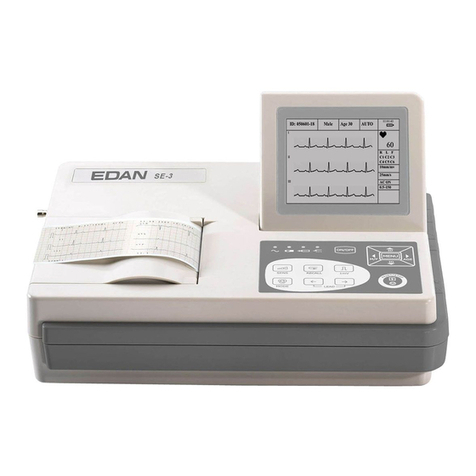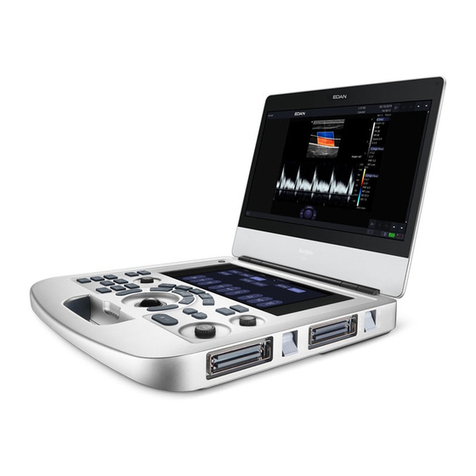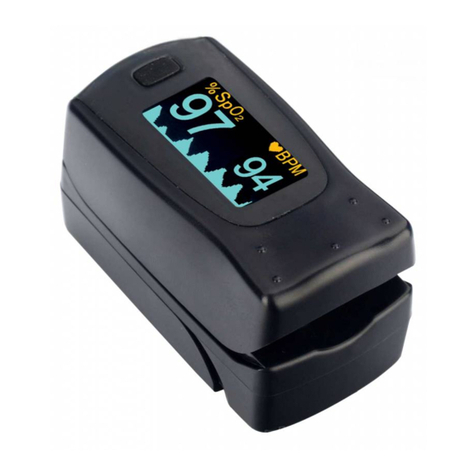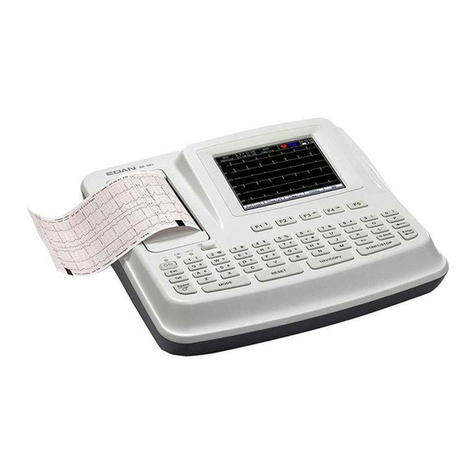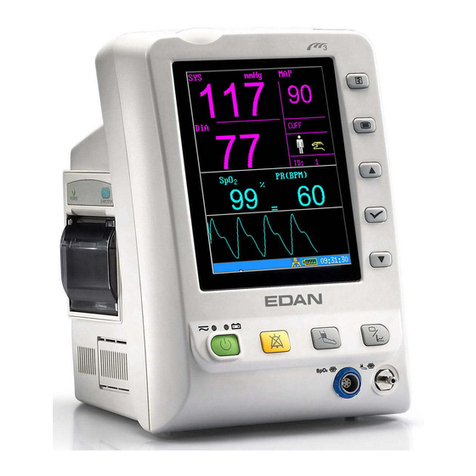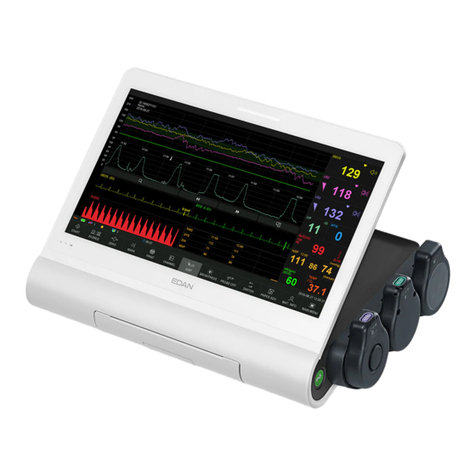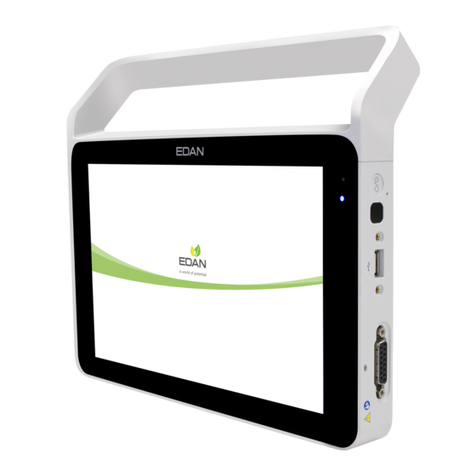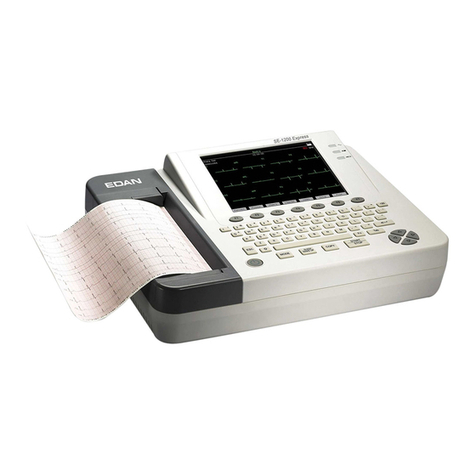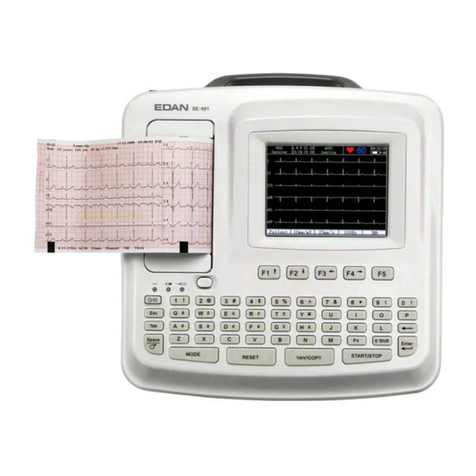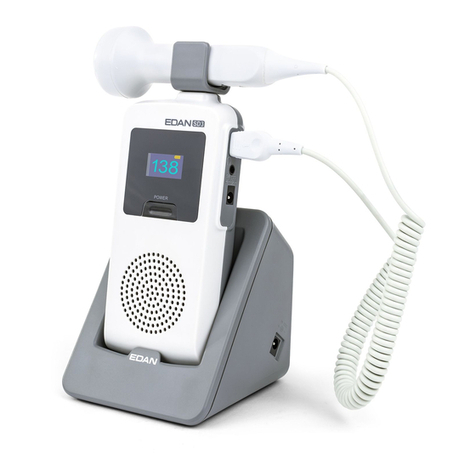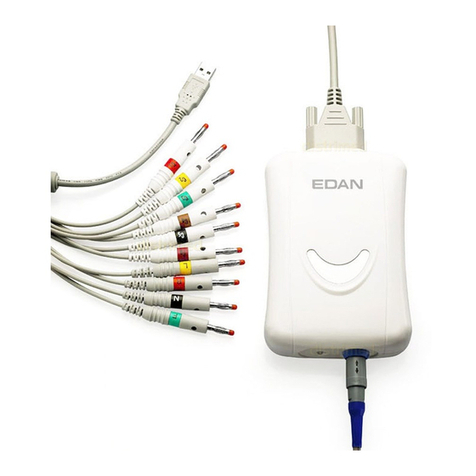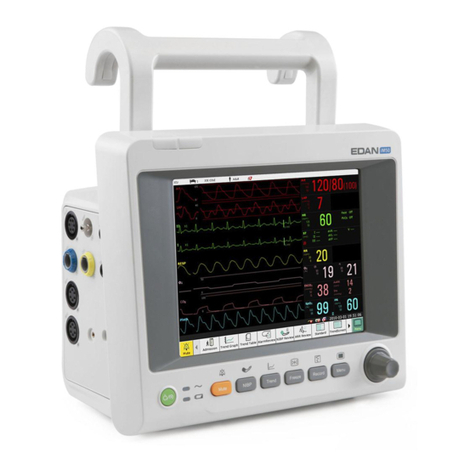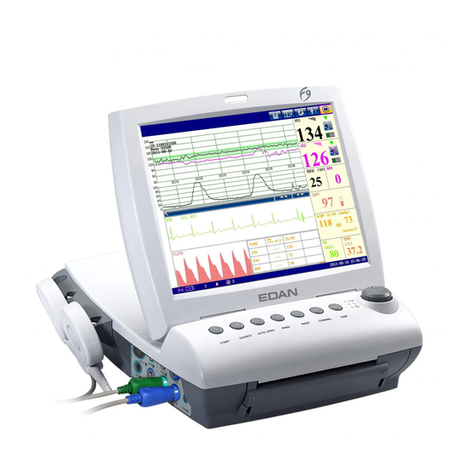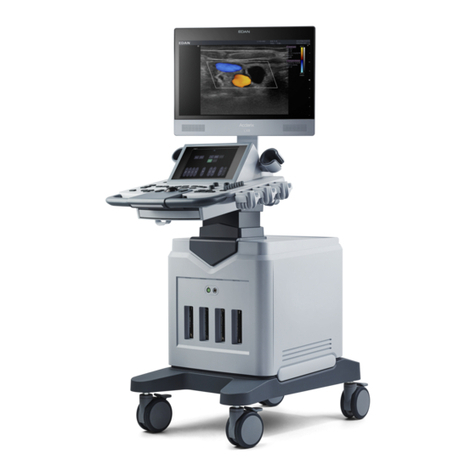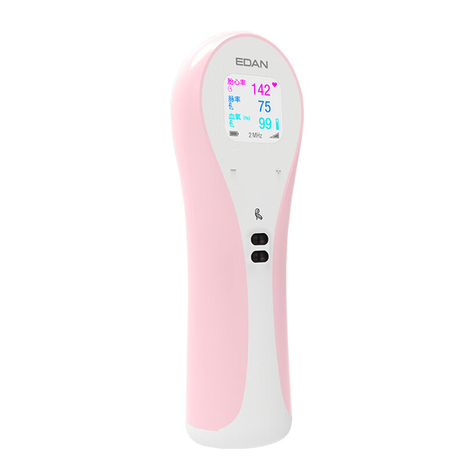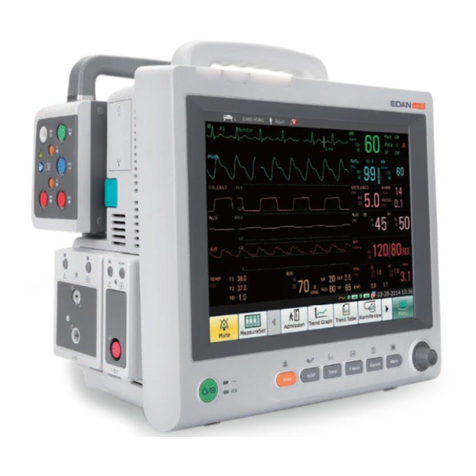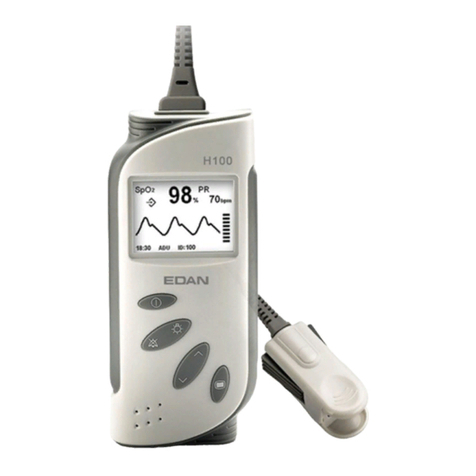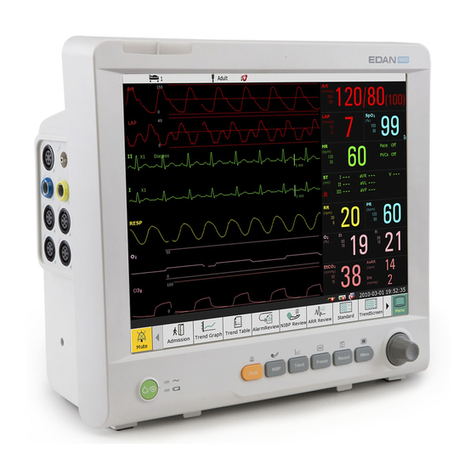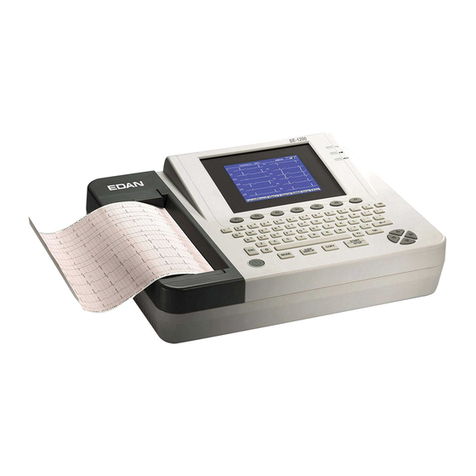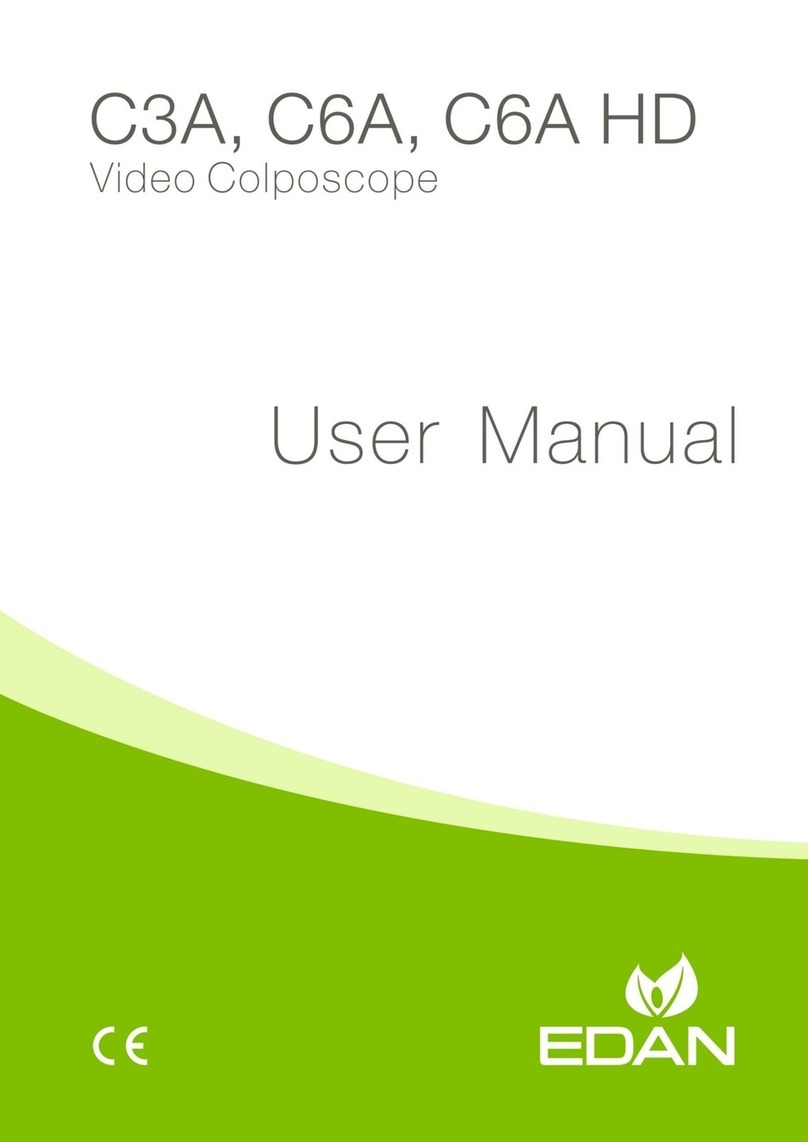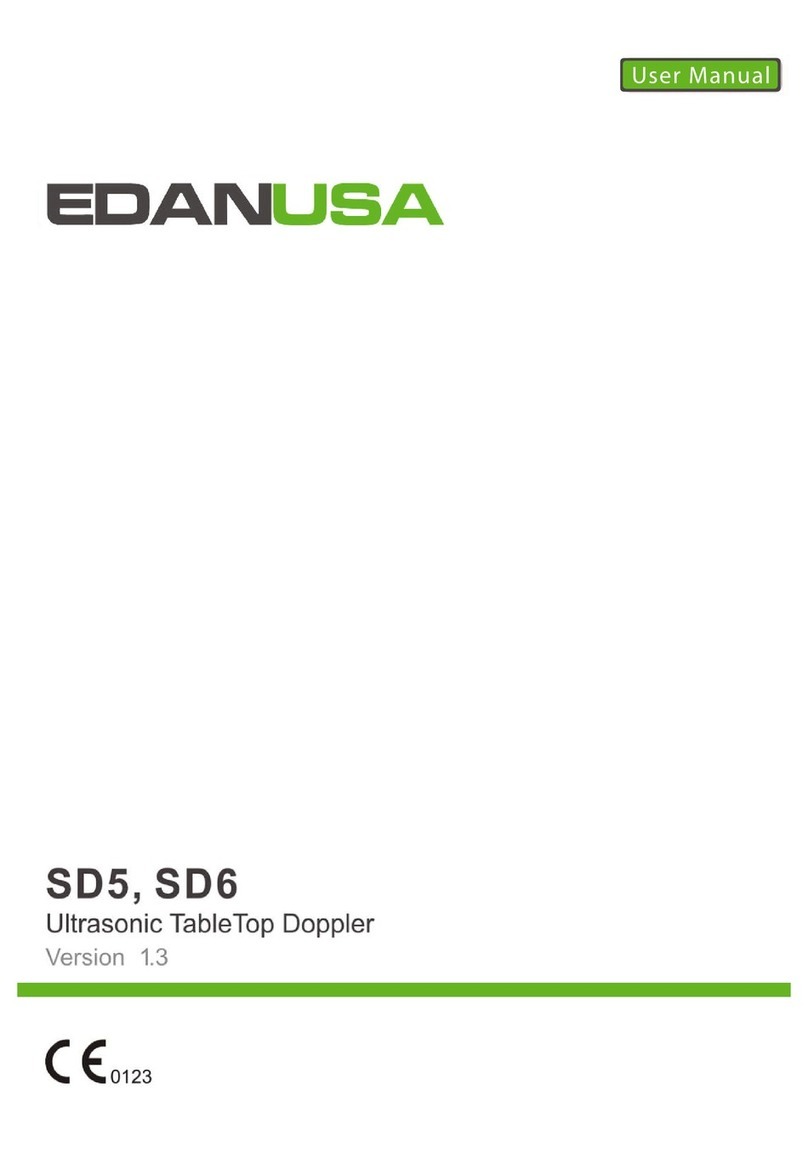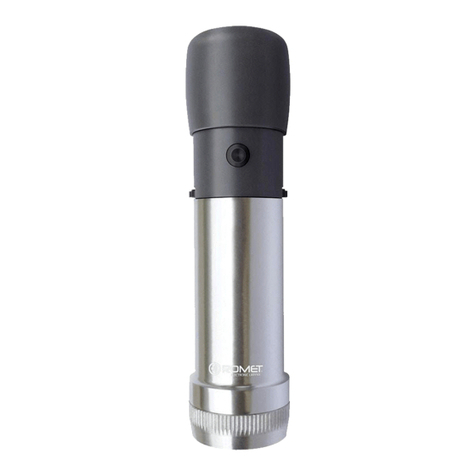
IV
5.3 Entering Patient Information byAcquiring Orders ..............................................................32
Chapter 6 Printing ECG Reports ...............................................................................................33
Chapter 7 Transmitting ECG Data.............................................................................................34
7.1 Transmitting ECG Data in DAT Format Through Serial Cable ...........................................35
7.2 Transmitting ECG Data Through Network ..........................................................................35
7.2.1 Transmitting ECG Data in DAT Format ........................................................................35
7.2.2 Transmitting ECG Data in SCP/FDA-XML/PDF/DICOM Format...............................36
Chapter 8 Managing Orders.......................................................................................................37
Chapter 9 Managing Files...........................................................................................................39
Chapter 10 System Setup.............................................................................................................42
10.1 Work Mode Setup...............................................................................................................42
10.2 Filter Setup .........................................................................................................................42
10.3 Record Info Setup...............................................................................................................43
10.3.1 Setup 1..........................................................................................................................43
10.3.2 Setup 2..........................................................................................................................44
10.4 Patient Information Setup...................................................................................................45
10.5 Transmission Setup.............................................................................................................46
10.5.1 Basic Setup...................................................................................................................46
10.5.2 WIFI Setup (Configurable)* ........................................................................................47
10.6 Lead Setup..........................................................................................................................47
10.7 Display&Sound Setup ........................................................................................................48
10.8 Date&Time Setup...............................................................................................................48
10.9 File Setup............................................................................................................................49
10.10 System Maintenance Setup...............................................................................................49
10.11 Other Setup.......................................................................................................................50
Chapter 11 Error Messages.........................................................................................................51
Chapter 12 FAQ ...........................................................................................................................52
Chapter 13 Cleaning, Care and Maintenance ...........................................................................56
13.1 General Points.....................................................................................................................56
13.2 Cleaning..............................................................................................................................56
13.3 Disinfection ........................................................................................................................57
13.4 Care and Maintenance........................................................................................................58
13.4.1 Recharge and Replacement of Battery.........................................................................58
13.4.2 Recorder Paper.............................................................................................................60
13.4.3 Visual inspection..........................................................................................................61
